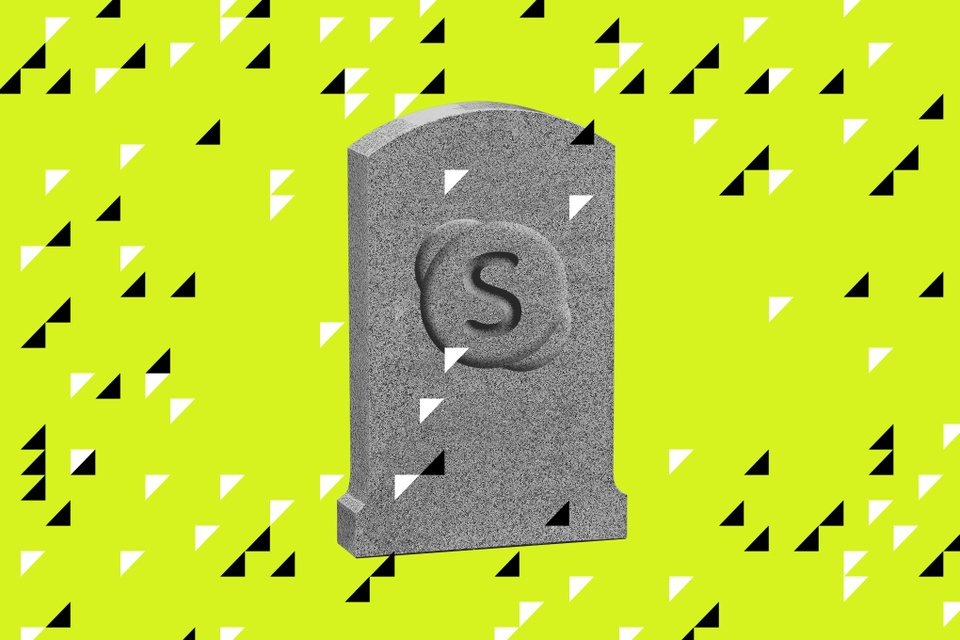 |
Skype chat app will be shut down in May, replaced by Microsoft Teams. Photo: The Verge . |
In 2011, Skype became Microsoft's largest acquisition. The deal was signed by former CEO Steve Ballmer as the company battled the rise of the iPhone.
For 14 years, the $8.5 billion deal has not worked as expected. Even when the Covid-19 pandemic broke out, Skype was largely left out of the online chat app market.
With Google and Apple dominating the mobile market, Skype has fallen into oblivion along with other failures like Windows Phone. In fact, the problems started soon after Skype was acquired by Microsoft.
The first difficulties
A few months after the acquisition by Microsoft, the engineering team moved to Skype’s Stockholm office, where the app reached 41 million concurrent users, surpassing Steam’s previous record of 40 million users in early March.
“Skype was so popular at the time that people were constantly stealing Skype icons outside their offices,” The Verge writer Tom Warren recounted.
Skype engineers were both excited and nervous when Microsoft bought the company. They were reassured by a visit from Ballmer, who promised that Microsoft would invest and expand the company from 100 employees to 200 by the end of 2012.
As a result, Skype's Stockholm office was closed in 2017 as Microsoft restructured its engineering team.
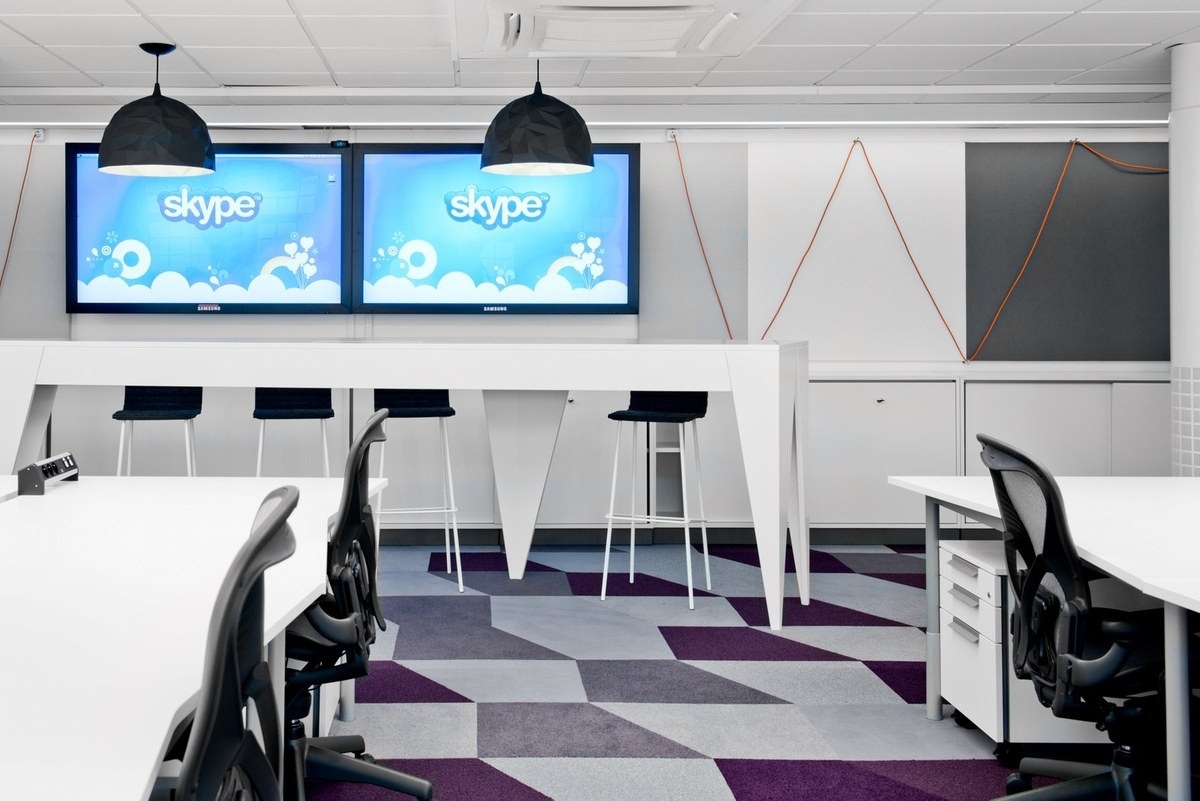 |
Skype office space in Stockholm. Photo: Jason Strong . |
According to Warren, the Skype offices are striking because they are very different from Microsoft facilities. Employees don't have to dress too formally, the walls are covered with special soundproofing, and all meetings are conducted over the Skype system.
“At the time, some Skype employees admitted to having difficulty communicating via email with multiple teams at Microsoft.
It was the first sign that integrating Skype into Microsoft's workflow would be challenging, not just a matter of updating the software,” said The Verge 's writer.
Missed the big moment
In the early days at Microsoft, the Skype team focused on developing a new version of the application on Windows, optimized for touch screens.
In 2012, Rick Osterloh, former Head of Product and Design at Skype, emphasized Windows 8 as the division's focus.
A few months later, Osterloh left Skype to join Motorola Mobility. He currently serves as senior vice president of Platforms & Devices at Google.
In October 2012, Skype launched a new application for Windows 8, equipped with a series of improvements aimed at anticipating the mobile trend. That is when the problems in the process of upgrading the infrastructure were exposed.
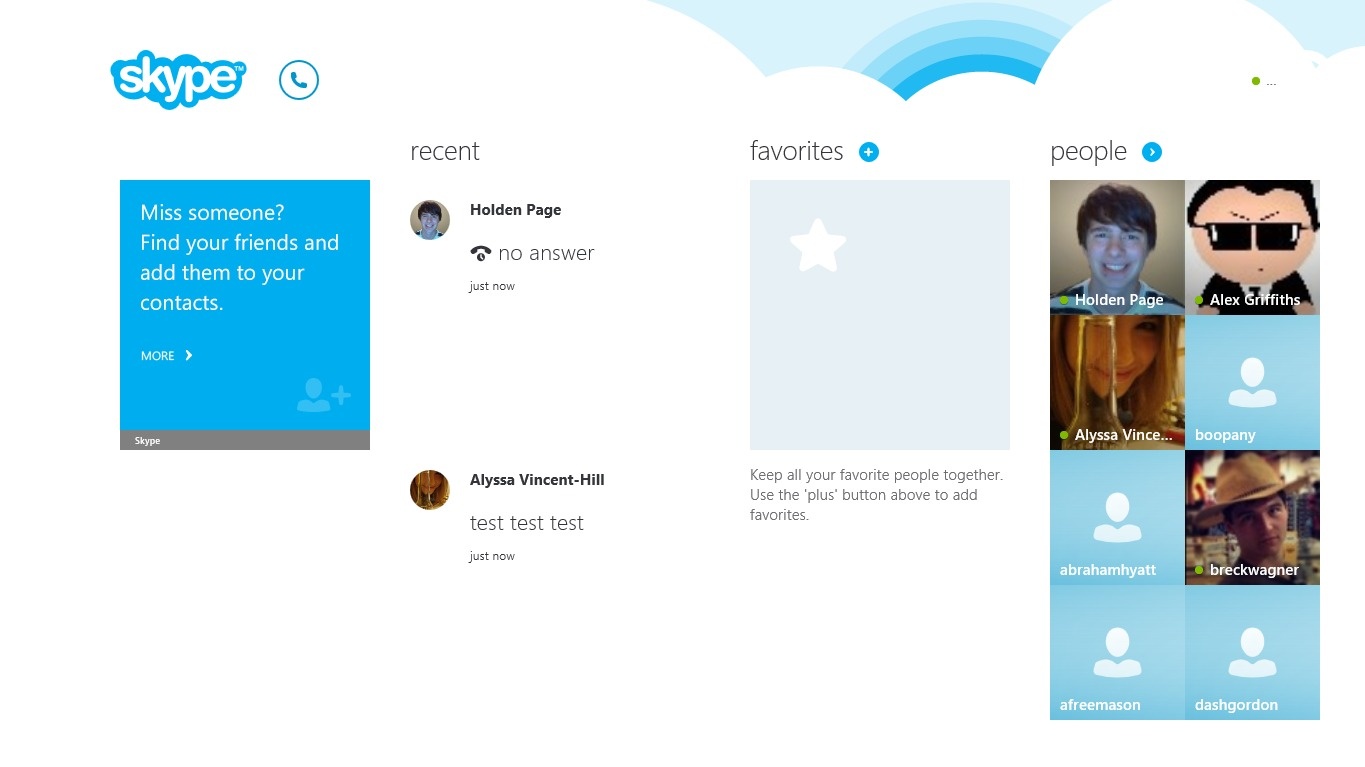 |
Skype interface on Windows 8. Photo: The Next Web . |
Microsoft gradually moved Skype users to its Messenger platform in 2012 to improve the ability to send messages and receive calls from multiple devices. The transition took years and was plagued with bugs, such as recurring notifications.
For years, Microsoft has been so focused on competing with WhatsApp, FaceTime, Snapchat, and Facebook Messenger that it has failed to address Skype’s fundamental issues. In 2016, many people still “reluctantly” use Skype because they haven’t found an alternative.
Instead of addressing the core issues with Skype's calling and messaging features, Microsoft redesigned the app in 2017. The upgrade was not well received because the new interface looked too much like Snapchat.
A year later, Microsoft updated Skype again, removing the Snapchat-like elements, but it was too late. At that time, WhatsApp, Messenger, FaceTime, Line, and Telegram were too popular, allowing stable messaging and video calling.
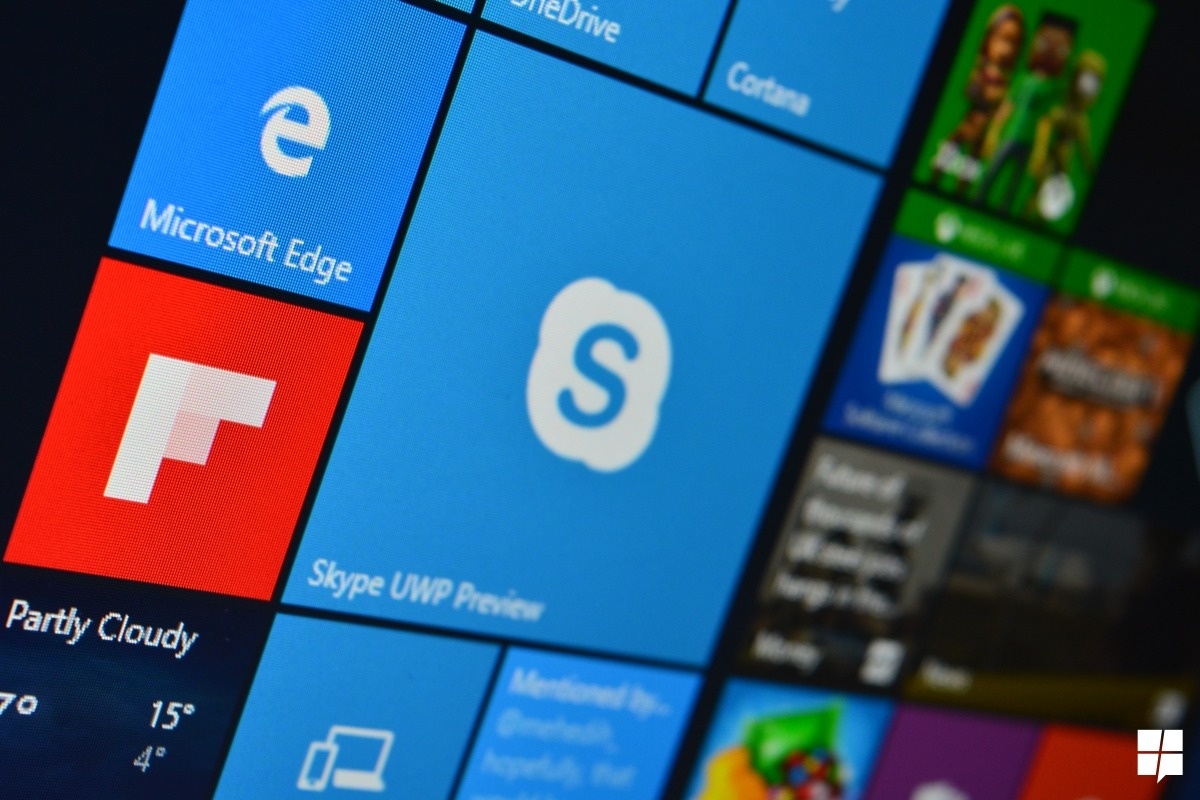 |
Skype icon on Windows 10. Photo: MSPoweruser . |
“It will be very difficult for Microsoft to regain the trust of users when there are so many reliable alternatives,” Warren predicted in 2018.
That’s what happened when the Covid-19 pandemic hit in 2020, forcing people to meet with family and colleagues via video calls. Instead of returning to Skype, users turned to Zoom because it was stable and easy to use.
In response, Microsoft launched a personal version of Teams in mid-2020. It will also replace Skype next May.
Not trying to compete with WhatsApp or Messenger, Teams caters to people who want to do more than just chat, focusing on groups of friends and family.
Is Microsoft Teams destined to be like Skype?
The Skype division at Microsoft no longer exists. Everything has been merged with the Teams team.
In fact, the Skype acquisition wasn't entirely wasted, serving as the foundation for the launch of Teams in 2016. It was the bridge that helped transition users from Lync enterprise software to Skype for Business, and eventually Teams.
“A lot of the stuff we learned from Skype, some of the code went into Teams. The calling and messaging features were built from Skype code,” Jeff Teper, President of Collaboration Apps & Platform at Microsoft 365, told The Verge .
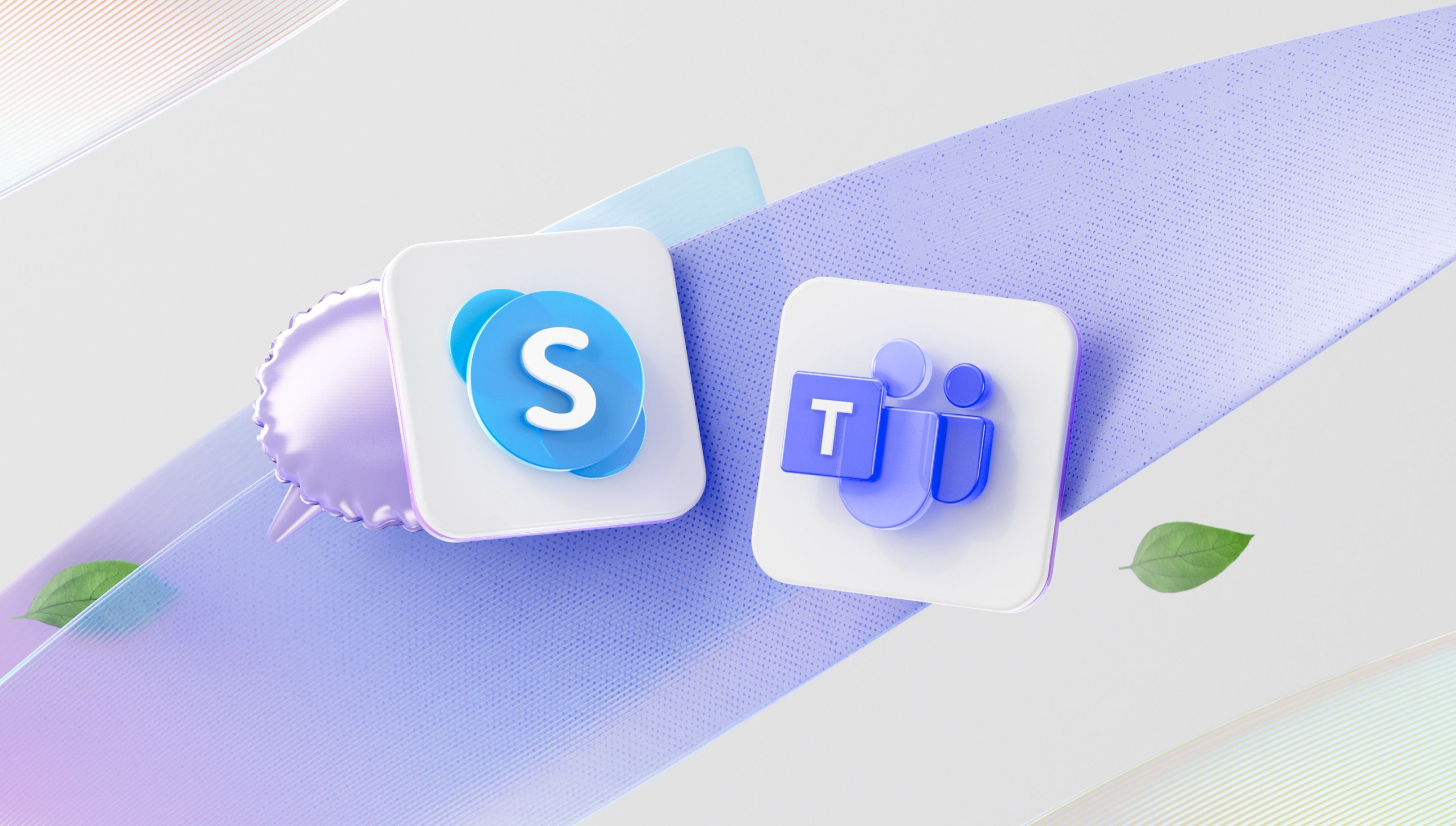 |
Skype users will switch to Microsoft Teams. Photo: Microsoft . |
The market is waiting to see how Microsoft Teams will perform with users. Although the app has 320 million monthly users, the majority are still business customers.
“Teams is still a bit difficult to use for personal use, even though Microsoft has unified the app for personal and work.
“I don’t have any friends or family members who use Teams outside of the office, though I feel like Microsoft would be fine serving this smaller market,” Warren said.
Compared to Slack, Teams’ messaging features are still very basic, although Microsoft is addressing them by adding threaded conversations and merging chat channels. Many have also complained about Teams’s stability recently.
“Complaints about Teams are mounting. Microsoft needs to address them faster if it wants to avoid making the same mistake Skype did,” The Verge ’s writer emphasized.



































































![[Photo] National Assembly Chairman Tran Thanh Man receives Chairman of Morocco-Vietnam Friendship Association](https://vphoto.vietnam.vn/thumb/402x226/vietnam/resource/IMAGE/2025/7/26/b5fb486562044db9a5e95efb6dc6a263)



































Comment (0)